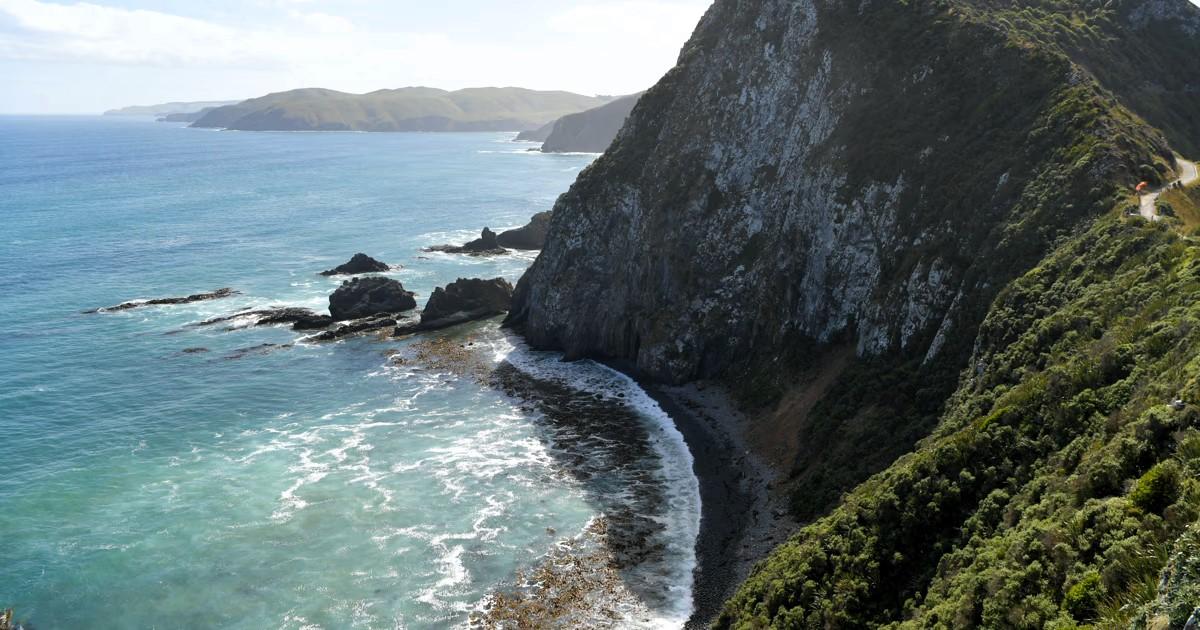Today, an international team of researchers will begin to install sensors on the seafloor near New Zealand, in a zone of intense seismic activity known as the “Ring of Fire,” to listen for earthquakes. Twenty ocean-bottom seismometers will be deployed off the coast of Wairarapa, an area prone to seismic activity because it straddles two of the world’s major tectonic plates, to better forecast seismic activity in the region.
The research team is led by Martha Savage, professor of geophysics at Victoria University of Wellington in New Zealand, in collaboration with Pascal Audet, uOttawa professor of geophysics and University Research Chair, Earth and Environmental Sciences, and head of the uOttawa Geophysics research team; Mladen Nedimovic, professor of geophysics at Dalhousie University; Emily-Warren Smith, seismologist; Katie Jacobs, seismology project scientist at GNS Science (New Zealand); and uOttawa students Taylor Tracey Kyryliuk and Quan Zhang. They’re seeking to uncover seismic activity in a section of the Hikurangi Subduction Zone that would otherwise remain undetected by conventional land-based seismometers.
This research will contribute to the understanding of the earthquake and tsunami potential beneath lower Te Ika-a-Māui (North Island).

“This project will enable researchers to study the portion of the fault most likely to slip during a large earthquake, thus better characterizing the stress field and the presence of active faults”
Pascal Audet
— uOttawa professor of geophysics and University Research Chair, Earth and Environmental Sciences
Earthquake-prone region
“In this region, the Pacific tectonic plate is being driven under the Australian plate. A large earthquake on the boundary between the two plates would give rise to a destructive tsunami and the likely loss of lives,” says Audet.
Long-duration GPS studies have established that the southern portion of the Hikurangi Subduction Zone, beneath Wellington and the southern North Island, is “locked,” accumulating stress that could lead to a major earthquake and subsequent tsunami.
The deployment of 20 highly sensitive ocean-bottom seismometers will take place between November 25 and December 1. The instruments will remain on the seafloor for a full year, meticulously recording signals of small earthquakes within the locked zone.
“This project will enable researchers to study the portion of the fault most likely to slip during a large earthquake, thus better characterizing the stress field and the presence of active faults,” says Audet. The research team hopes to improve earthquake forecasting and hazard mitigation in one of the world’s most active seismic zones.
